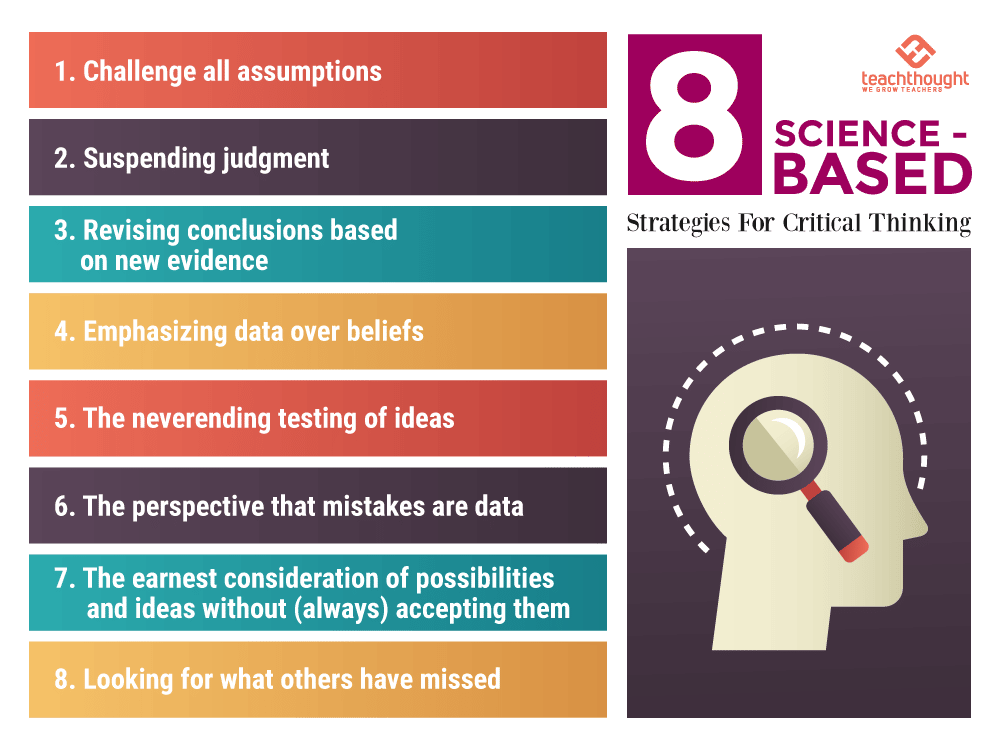Over the years, educators have been experimenting with multiple learning tools, curricula, learning strategies, and techniques as they seek which is more effective. The findings have found that there are superior tools than others which count from the impact and learning results.
However, there are significant questions that still lack concrete answers: what is the best way to educate our children for them to learn better? How can they understand what is taught and what should they know? These concerns have given growth to science learning which seems to be a good alternative for 8th grade science.
So what’s science learning?
What Is Science Learning?
Science learning involves frameworks and tools that educators can intentionally assess, design, and implement instructions and learning. Learning science helps you think about your behavior, learning preferences and habits, interactions, and resource choice critically.
Over the years, particular strategies have been proven to work excellently in improving the student’s learning. The best strategies can easily apply to different grades, classroom settings, and subject areas to promote an effective learning experience.
Which are these strategies anyway?
The Learning Science Strategies Proven To Boost Understanding
Four main learning science strategies seem to work for many settings, including 8th grade science. The strategy that boosts understanding include
- Retrieval Practice
Retrieval practice is a strategy that draws information from a student to test their memory. It counts because as a teacher, you get to understand who pays attention to your classes’ details and who finds it hard to remember stuff.
This introduces participation in the class as the students remind fellow students of the things from the previous lesson. Getting explanations in simpler terms from a fellow student makes it easier for the rest to understand. Similarly, the one giving an example also benefits for it sticks better.
Examples: ‘What did we cover in our last lesson?’ Instead of ‘We covered this in our last lesson.’
- Elaboration
Elaboration brings about the concept of introducing a relatable example to a particular topic in question. It gives a better understanding, and like retrieval practice, the student gets to think outside the box and source for a life experience that aligns with the concept taught in class.
It gives that opportunity to see how your students can relate their studies with personal lives and experiences. Elaboration tests how much students can directly connect data in their head to what they just read from a text.
Example: The moment you read the word furniture, chairs, tables, sofas, dressing table, side bed drawer, ottoman, tv stand, etc., will come to your mind immediately. This is the concept of elaboration.
- Concept Mapping
Unlike how a library would store information aligned in a sequence, our brains take the visual approach of storage. Our minds record pictures at random, although they come together when we think about a single thing. For instance, the web has billions of data, but it only projects what you key in a search engine.
When a student faces a question, they load any possible answers that might be correct. That is where thinking and reasoning come in. He/she will pick up bits by bits of information then present their argument either in a statement, listing, or paragraph.
- Spaced Practice
Spaced practice is meant to do away with cramming. Spacing practice in 8th grade science involves reflecting on the information learned in the previous lesson to understand it even better. This method advocates for teachers to space out the concepts and skills in strategic times to make it easier for students to understand.
Learning science is still an ongoing deed that is still looking for the best possible ways students can understand better. However, the working strategies are already recording good results.

